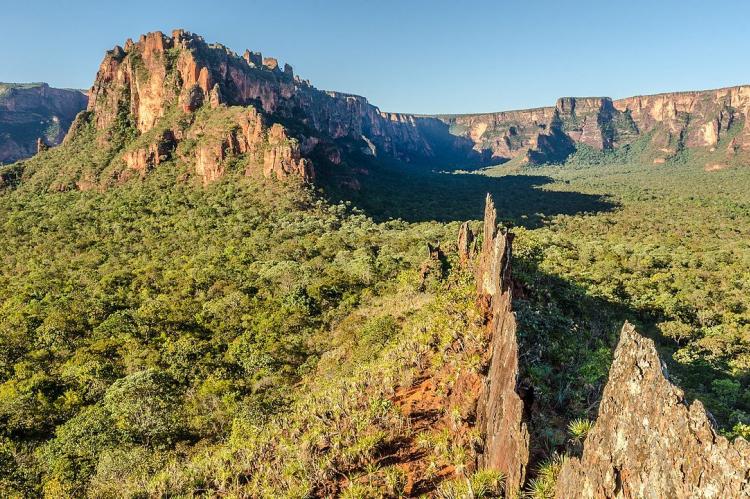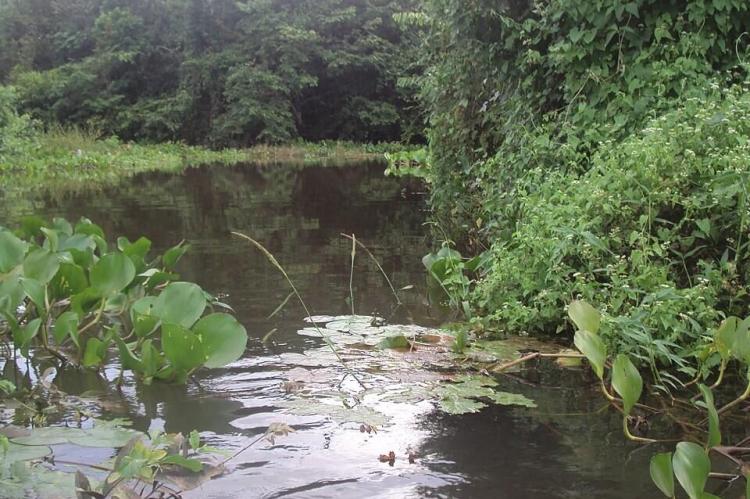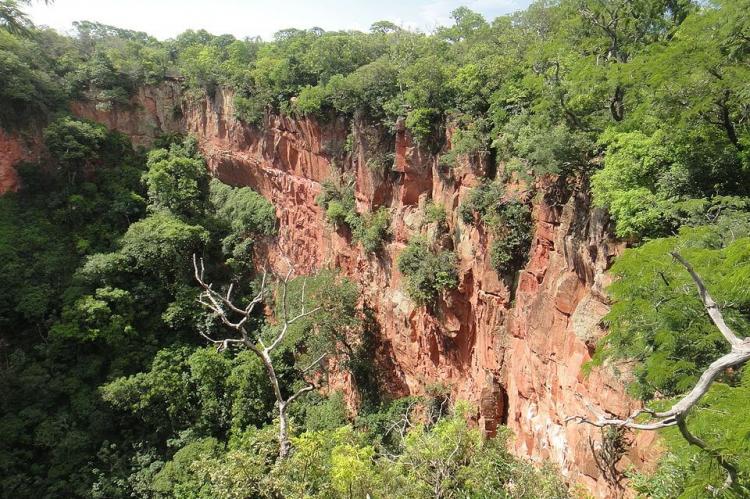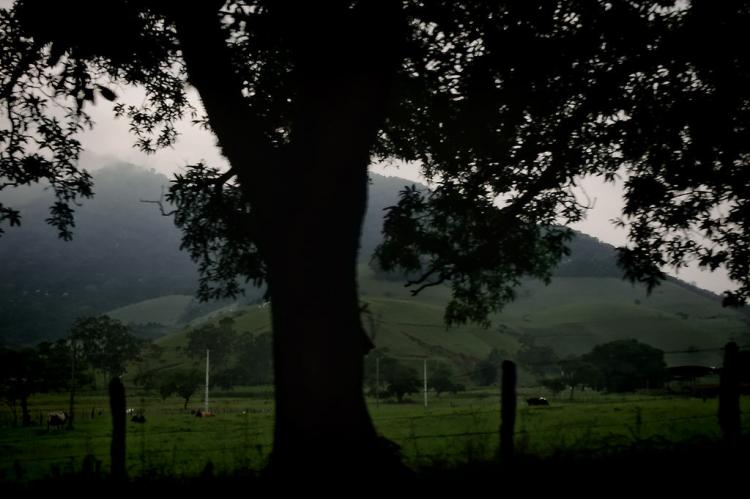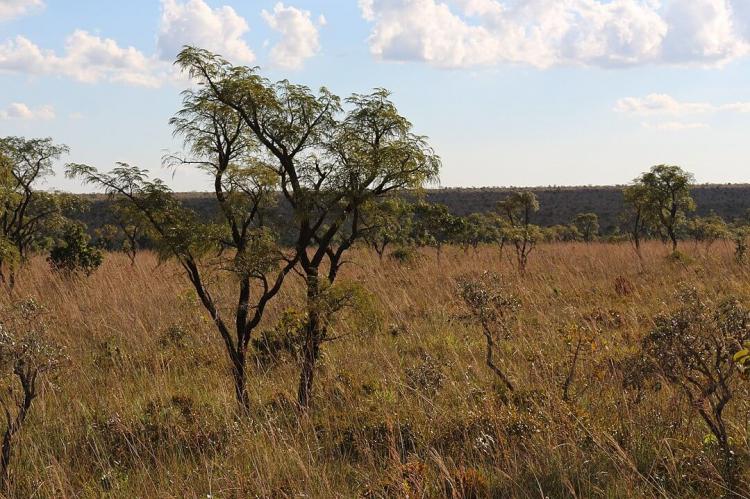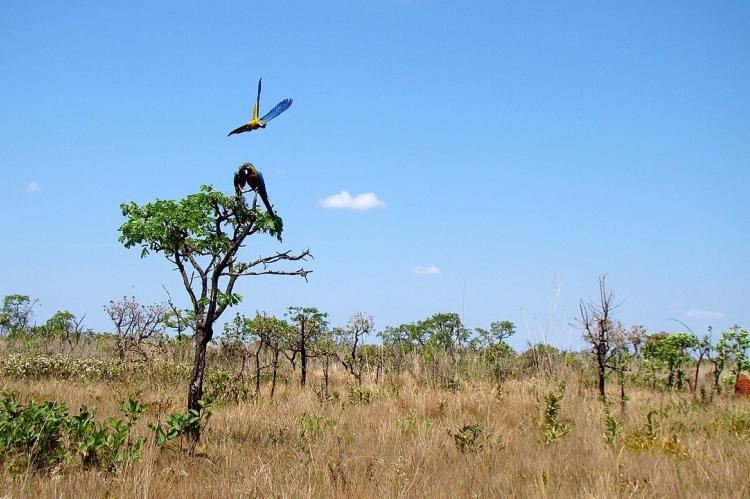The Pantanal Biosphere Reserve: A Vast Wetland Oasis in the Heart of Brazil
The Pantanal Biosphere Reserve is a testament to Brazil's incredible natural wonders. This expansive protected area, spanning the states of Mato Grosso, Mato Grosso do Sul, and a small portion of Goiás, encompasses one of the world's most extensive wetland complexes.
The Pantanal Biosphere Reserve: A Vast Wetland Oasis in the Heart of Brazil
Nestled in the heart of South America, the Pantanal Biosphere Reserve stands as a testament to Brazil's incredible natural wonders of Brazil. This expansive protected area, spanning the states of Mato Grosso, Mato Grosso do Sul, and a small portion of Goiás, encompasses one of the world's most extensive wetland complexes. It is a dynamic and diverse ecosystem that has captivated ecologists, conservationists, and nature enthusiasts alike.
Geographical Scope and Ecosystems
The Pantanal Biosphere Reserve encompasses a remarkable diversity of landscapes, spanning an expansive area of 2.2 million hectares (5.4 million acres) across the states of Mato Grosso, Mato Grosso do Sul, and a small portion of Goiás. This vast protected area encompasses the large lakes along the border with Bolivia, flood plains, grasslands, and highland Cerrado ecosystems of the Chapada dos Guimarães, Serra de Santa Bárbara, and Urucum mountain ranges. This mosaic of habitats, each with its unique flora and fauna, contributes to the overall ecological richness of the region.
Protected Areas within the Biosphere Reserve
The Pantanal Biosphere Reserve has several nationally protected areas, each offering unique character and conservation significance. These include the Chapada dos Guimarães National Park, known for its rugged terrain and dramatic cliffs, the Serra da Bodoquena National Park within the Cerrado biome, and the Emas National Park, which is part of the more extensive Cerrado Protected Areas World Heritage Site. The Pantanal Matogrossense National Park is a vital component of the Pantanal Conservation Area, a UNESCO World Heritage Site.
Biodiversity and Ecological Significance
The Pantanal Biosphere Reserve is renowned for its exceptional biodiversity. It boasts large populations of iconic species such as the jaguar, pampas deer, howler monkey, tapir, giant anteater, giant armadillo, maned wolf, emu, and the seriema, a unique and remarkable bird. The region's diverse habitats, from the seasonally flooded Cerrado to the gallery forests and Buriti palm stands, provide critical refuges for a wealth of plant and animal life.
Human Settlements and Traditional Livelihoods
The Pantanal Biosphere Reserve is home to more than 2.8 million inhabitants, many of whom maintain a solid connection to the land and its natural resources. Extensive cattle grazing is a significant economic activity in the lowland areas, demonstrating the region's long-standing relationship between traditional rural populations and the environment.
Threats and Conservation Efforts
Despite its protected status, the Pantanal Biosphere Reserve faces various threats, including the impacts of climate change, unsustainable land use practices, and the risk of wildfires, often caused by human activities. In response, various conservation initiatives have been implemented to safeguard the integrity of this remarkable ecosystem and ensure the continued well-being of its diverse flora and fauna.
Ecotourism and Environmental Education
The Pantanal Biosphere Reserve has become a prime destination for ecotourism, allowing visitors to immerse themselves in the region's natural wonders. From guided wildlife-watching expeditions to educational programs highlighting the importance of wetland conservation, the biosphere reserve is a vital platform for fostering greater appreciation and stewardship of Brazil's ecological treasures.
Conclusion
The Pantanal Biosphere Reserve is a shining example of Brazil's commitment to protecting its natural heritage. This vast and diverse wetland oasis is home to a remarkable array of plant and animal life. As we safeguard this remarkable ecosystem, we must recognize its global significance and continue to support the conservation efforts that will ensure its long-term preservation for future generations.
